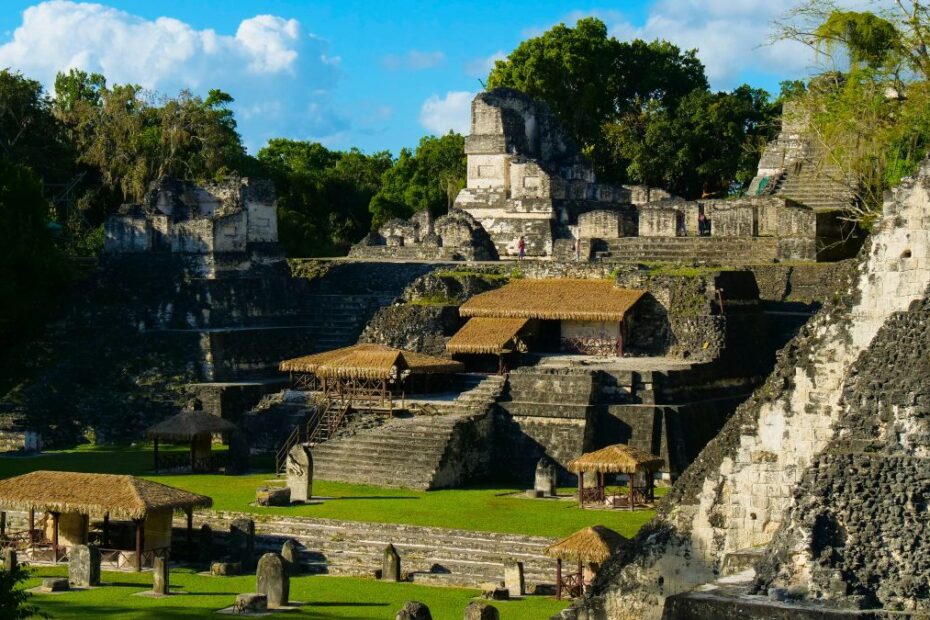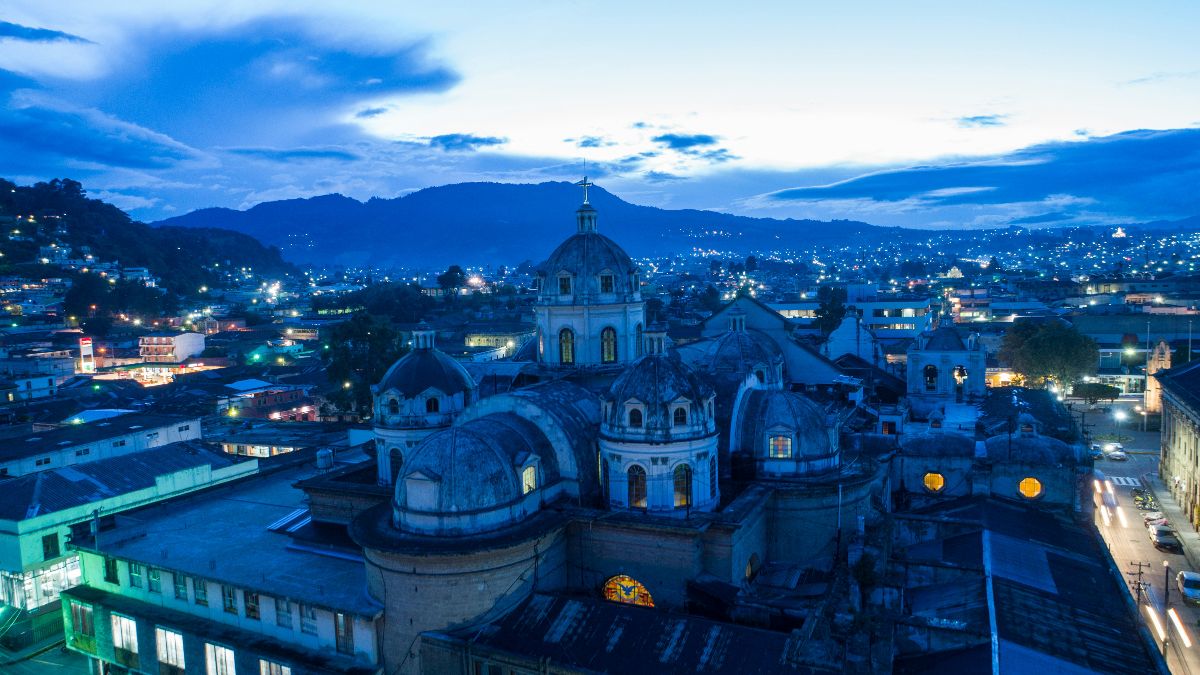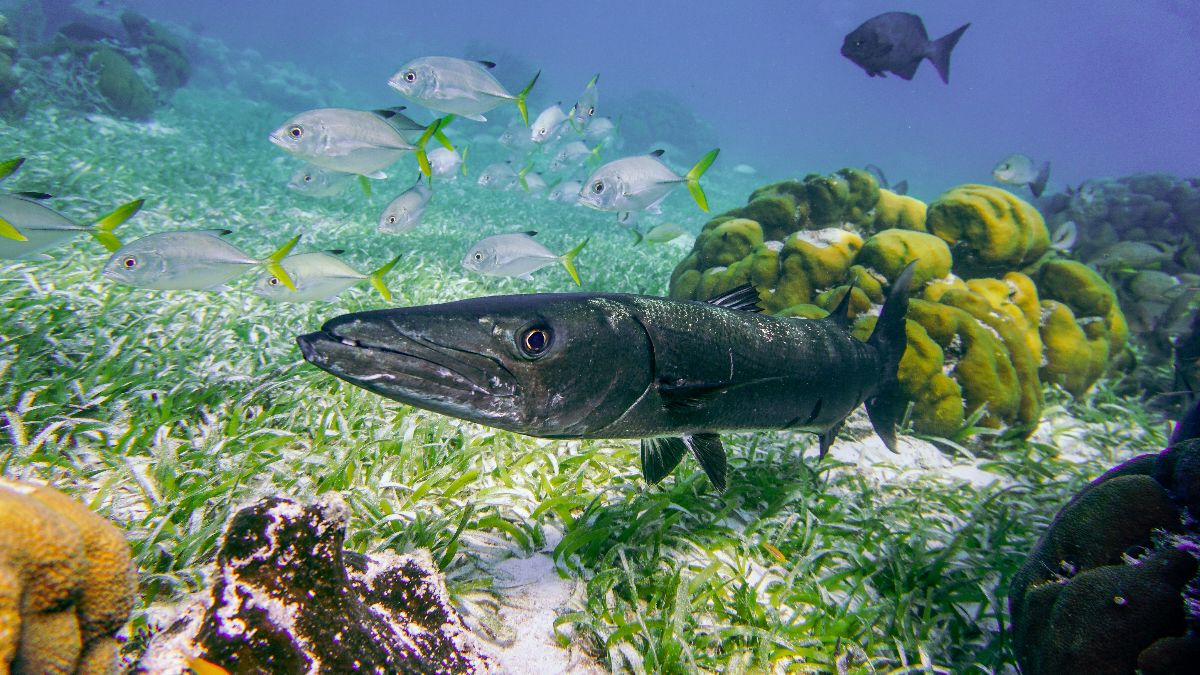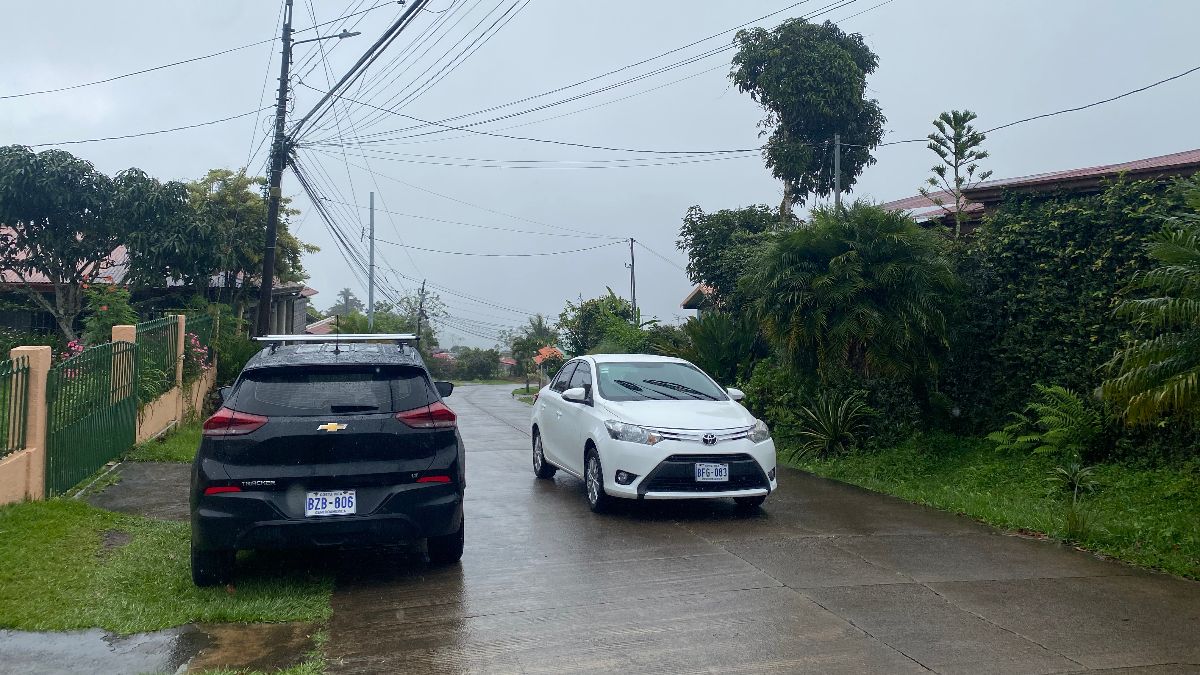Looking for the easiest Mayan sites to visit in Central America? Here are ten in Belize, Guatemala, Honduras, and El Salvador that combine quick access with unforgettable history.
The Maya civilization flourished across much of Central America for more than two thousand years. Their cities were centers of politics, religion, astronomy, and trade. Today, hundreds of Maya archaeological sites remain open to visitors, ranging from famous capitals deep in the jungle to small plazas hidden within modern towns.
Many travelers imagine visiting the Maya world as a remote expedition involving Indiana Jones-style hikes through crocodile-infested swamps and steaming jungles. But in reality, not all ruins require days of travel or guided treks. Some are super straightforward to reach, even as a casual day trip from a nearby town. This guide focuses only on the easiest sites to visit in Central America — places that can be reached independently, with minimal planning, on paved roads or regular public transportation, and where visitor facilities make the experience comfortable for almost everyone.
Why Visit Mayan Sites (and Who Goes There)
Mayan archaeological sites are more than stone ruins. They connect visitors to a civilization that shaped much of Central America’s history and identity, and they draw a wide variety of people. Some arrive with a strong interest in history, wanting to stand among temples, ball courts, and plazas to understand how the ancient Maya lived, ruled, and worshipped. Others come for the monumental staircases, intricate carvings, and carefully designed city layouts that reveal sophisticated engineering and artistry. Many use these sites as an educational opportunity, either as part of organized study trips or simply to gain a deeper appreciation of the region’s cultural heritage.
Photography is a major draw, with the dramatic contrast of stone structures against jungle or open plazas providing striking images. Proximity plays a role too: many visits happen simply because a site is nearby and easy to fit into a broader itinerary. Family groups, older travelers, and those with limited mobility are particularly likely to choose accessible sites that don’t require strenuous hikes or complex planning.
Others come to try to tap into the psychic traditions or the spiritual side of the Maya legacy (if you’re interested in how these ancient wisdoms intersect with the modern world, check out this website). They may be curious about ancient cosmology, traditional cycles of time, or the “energy” they feel in certain locations. For them, a quiet moment at sunrise or sunset, or time spent reflecting within a ceremonial plaza, can be as meaningful as learning the historical details. While such practices aren’t the focus for most travelers, the openness of these sites means they can accommodate a range of experiences, from purely historical tours to more introspective visits.
The 10 Easiest Mayan Sites To Visit in Central America
Cahal Pech (San Ignacio, Belize)
Cahal Pech sits right inside the town of San Ignacio, in Belize’s Cayo District. From most hotels or guesthouses, you can walk there in under ten minutes or take a three‑minute taxi ride. The site contains plazas, temples, and residential ruins dating back to 1200 BCE, but what makes it easy to visit is simple geography — you’re already there. It’s small enough to explore in under an hour at a relaxed pace, shaded walking routes protect against midday heat, and there’s a small museum on site.
Ease factor: Zero transport planning needed. You can decide over breakfast to visit Cahal Pech and be inside the gate before the coffee cools.
View this post on Instagram
Altun Ha (Belize District, Belize)
Altun Ha is about 50 minutes from Belize City on a paved two-lane road. It’s one of the most photographed Maya sites in Belize, not because it’s the largest, but because it’s so accessible. From Belize City, taxis, rental cars, and local buses go directly to the entrance. The terrain is flat, the layout compact, and facilities include restrooms, shaded seating, and small vendor stalls. Its proximity to the airport and cruise port makes it a popular half‑day excursion.
Ease factor: Direct paved road from the country’s main transport hub; straightforward, comfortable site layout.
Xunantunich (Cayo District, Belize)
Less than 25 minutes from San Ignacio along the Western Highway, Xunantunich is reached by a quick two‑minute hand‑cranked ferry crossing of the Mopan River, followed by a short paved drive uphill. Wide paths and clear signage guide visitors through the temples and plazas. El Castillo, the tallest pyramid, offers panoramic views for those willing to climb, but most of the site can be enjoyed without strenuous hiking.
Ease factor: Short trip from town; easy ferry crossing; paved approach all the way.
Santa Rita (Corozal, Belize)
Santa Rita is literally in Corozal Town, just a short walk or taxi ride from anywhere in the center. The site is small and quiet, offering a glimpse of a once-thriving settlement without the need for elaborate travel plans. Because it’s in town, visitors can see the ruins in under an hour and then continue with their day as normal.
Ease factor: Located in town; minimal planning or travel time required.
Copán (Copán Department, Honduras)
Copán is Honduras’s best-known Maya site and sits less than half a mile from the center of Copán Ruinas, a walk of about ten minutes on a safe, flat road. On site, gentle paths connect plazas and structures, and the neighboring Sculpture Museum adds value without an extra journey.
Ease factor: Walking distance from town; reliable highway connections.
View this post on Instagram
Quiriguá (Izabal Department, Guatemala)
Quiriguá is small but notable for its carved stelae and monuments. It’s located just off the main highway between Guatemala City and Puerto Barrios, making it an easy detour for travelers along that route. Public buses and minibuses pass nearby; from the drop-off point it’s a short ride or walk to the entrance. The site is flat, takes less than an hour to explore, and has basic facilities on site.
Ease factor: Very close to a major transport artery; short, low-effort visit.
Kaminaljuyú (Guatemala City, Guatemala)
Unusually for a Maya site, Kaminaljuyú lies entirely within Guatemala City’s urban area. It’s accessible by taxi or public transport from downtown in minutes. Although much of the ancient city is now beneath modern buildings, the archaeological park preserves important mounds and includes a small, informative museum.
Ease factor: Urban location; no travel time beyond regular city transit.
Iximché (Tecpán, Guatemala)
Iximché sits just off the Pan-American Highway in Tecpán, about an hour from both Guatemala City and Antigua. The direct road access and proximity to two major tourist hubs make it one of the country’s easiest sites to reach. The ruins include plazas, temples, and ball courts, with open, grassy spaces and basic visitor facilities. It’s small enough for a relaxed half-day visit.
Ease factor: Highway access from two major cities; compact layout.
Joya de Cerén (La Libertad Department, El Salvador)
Nicknamed the “Pompeii of the Americas,” Joya de Cerén is located just 45 minutes from San Salvador via the Pan-American Highway. Public buses stop nearby, and parking is straightforward. The ruins are preserved under protective roofing, with boardwalks and ramps that make them accessible for almost all mobility levels. A small museum on site explains the history in clear, bilingual displays. Because of its proximity to the capital and its flat, well-maintained walkways, visiting is simple and stress-free.
Ease factor: Close to the capital on a major highway; covered, accessible paths and clear facilities.
Tikal (Petén Department, Guatemala) (with caveat)
Tikal is about 40 miles from Flores, a major hub with hotels and flights. It’s reached via a paved road with frequent shared shuttles. On-site facilities are extensive — restrooms, cafés, guided services, and clearly marked trails — but the drive is longer than any other site here, so it ranks last for pure ease. One factor that makes visiting simpler is the option to stay right inside Tikal National Park, where there are several hotels and lodges steps from the entrance. This means you can start exploring at sunrise, avoid a long morning transfer from Flores, and enjoy the park after the day-trip crowds have gone.
Ease factor: Excellent infrastructure for a remote rainforest site; staying at a Tikal lodge makes access even easier.
View this post on Instagram
When to Go
Dry season (November–April) offers the smoothest travel, cooler temperatures, and minimal rain disruption. Rainy season (May–October) brings greener scenery but can mean muddy paths and occasional delays, though near-town or urban sites remain accessible year-round.
Tips for Visiting Easy Maya Sites
Visit in the morning for cooler temperatures and fewer crowds. Bring water, sunscreen, and a camera; heavy gear is unnecessary. Stick to marked paths, pair nearby sites for efficient itineraries, and use public transport or taxis — you don’t need a tour company for access to these easy locations.
Final Word
Not all journeys into the Maya world demand long drives or complex logistics. The ten sites above prove that rich history can be reached with little more than a bus fare or a short taxi ride. From urban Kaminaljuyú to hilltop Cahal Pech and coastal Altun Ha, each offers culture, history, and architecture without the strain of a full-scale expedition. Whether your interest is academic, casual, or even spiritual, these accessible locations show that connecting with the region’s past can be as easy as a pleasant morning outing.



